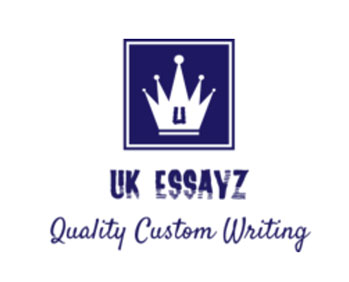Question 1 – Inventories (30 marks)
1. Select one public listed manufacturing company (manufacturing PLC) that prepares financial reports using accounting principles that are consistent with IFRS and reports in English (e.g. a company listed on the London Stock Exchange).
From its latest Financial Reports (i.e. of the year 2018), read carefully how the Inventories and relevant information have been reported by this company and give three examples (with numbers) to explain: how the accounting policies adopted by this company comply with IAS 2.
The three examples should illustrate three aspects of (but not limited to) the following:
• Definition of inventories
• Measurement of inventories
• Costs of purchase
• Costs of conversion
• Fixed production overheads
• Other costs
• Costs excluded from the cost of inventories
• Techniques for the measurement of the cost of inventories
• FIFO (First-in First-Out)
• Weighted average cost formula
• Net realisable value (NRV)
• Recognition as an expense
• Disclosure compliance
– 15 marks (LO1 & 3)
2. Select another public listed company (PLC), listed on the same Stock Exchange but in a different industry , compare the Inventories reported by the two chosen companies and evaluate the similarities and differences by relating to the characteristics of different industries/sectors, from the two aspects of:
(1) Accounting policies adopted;
(2) Measurement methods.
– 15 marks (LOs 1 & 4).
Question 2 – Intangible Assets (30 marks)
The following information relates to three companies that use the revaluation model in relation to intangible assets and prepare annual financial statements to 31 December:
a) Company W acquired an intangible asset for £500,000 on 31 December 2018. This asset was revalued at £450,000 on 31 December 2019 and at £540,000 on 31 December 2020.
b) Company X disposed of an intangible asset on 31 December 2020. This asset had been acquired some years previously at a cost of £200,000 and had a carrying amount of £320,000 on the date of disposal. Disposal proceeds were £390,000.
c) Company Y acquired an intangible asset for £160,000 on 31 December 2018. This asset was revalued at £180,000 on 31 December 2019 and at £130,000 on 31 December 2020.
Required
1) Describe the circumstances in which the revaluation model may be used (in accordance with the requirements of IAS 38). – 15 marks (LOs 1 & 4)
2) Explain how each of the above matters should be dealt with in the financial statements of the company concerned. – 15 marks (LOs 1 & 3)
Question 3 – The IFRS Conceptual Framework and Creative Accounting (40 marks)
This question aims to elicit your understanding on the IFRS conceptual framework and creative accounting by analysing an accounting scandal of an IFRS compliance company of your choice (other than the ones explained on lecture and in workshop). Based on a review of the reports and materials published online and in press about the scandal, you are required to analyse the accounting scandal and the consequential company failure. In your analysis, you need to answer the following questions:
1) What elements of the IFRS Conceptual Framework (March 2018 Version) that this company did not comply or complied poorly? In other words, what is the nature of the scandal, expressed by its non-compliance of the IFRS Conceptual Framework? – 10 marks (LOs 1 & 4)
2) Which fundamental and enhancing qualitative characteristics the financial information reported by this company have not, or weakly, conveyed in its financial reporting, resulted in the company failure? – 10 marks (LOs 1 & 4)
3) Use Figure 1 as a map, to identify the specific accounts manipulation problems of your chosen accounting scandal and the seriousness of them (e.g. a fraud or creative accounting, illegal or unethical). Cite the relevant research literature where necessary. – 10 marks (LOs 2 & 4)
4) Summarise the ethical implications and impacts of the scandal on society, to reflect the role of ethics in financial reporting. – 10 marks (LOs 2 & 4)
Your answer is to be your own work. You are to use Harvard referencing style to reference any material you have directly or indirectly taken from other sources. Accounting standards may be cited by simply giving the abbreviation for the standard (IAS, IFRS, etc.), its number and the paragraph to which you refer. There is no lower or upper word count limits for your answers to the questions. Marks will be awarded according to the Undergraduate (UG) Assessment Criteria as attached. Your submission will be checked for plagiarism automatically using the Turn-it-in.







